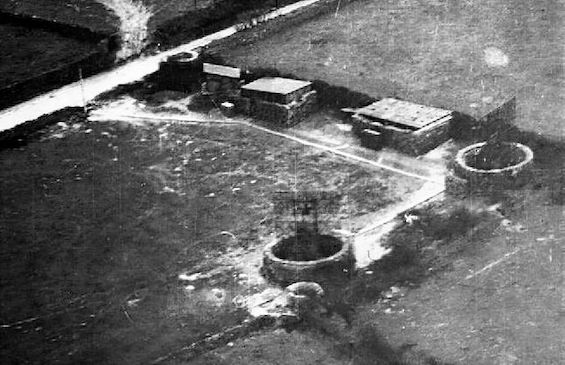
Estimated reading time: 5 minutes
Radar played as big a role in the Allied victory in World War II as the atomic bomb. Once the technology was fully developed, British and American bombers managed to wreak havoc on Nazi forces on land and sea alike. But early in the war, when Britain fought the Germans alone, Nazi radar technology was significantly superior to that of the British. The result was that as many as half of all the bombers sent over German targets were downed by the Luftwaffe. And that didn’t change until the RAF learned how the German version worked. In Hornet Flight, Ken Follett tells a thrilling tale about one of the several operations carried out by the British to understand and neutralize German radar. And as Follett notes at the outset, “some of what follows actually happened.”
Four central characters, intricately related
Four central characters dominate Follett’s story. A Danish teenage schoolboy, Harald Olufsen, who longs to fly. His big brother Arne, a pilot in the Danish air force. A Danish-speaking British spy named Hermia Mount, Arne’s fiancée. And, the foil for all three, a Danish police detective named Peter Flemming. Flemming is a Nazi-sympathizer who is out to avenge his father’s humiliation at the hands of Harald and Arne’s father, the hell-and-brimstone preacher of their village.
Hornet Flight by Ken Follett (2002) 434 pages ★★★★☆

The four central characters clash around a secret Nazi radar installation
At its heart, the story is simple. British intelligence charges Hermia Mount with discovering how the Nazis are shooting down so many RAF bombers. The two Olufsen brothers become embroiled in a Danish Resistance effort to investigate the site on their country’s west coast where a mysterious German installation may hold the answer. And Inspector Flemming sets out to crush the Danish Resistance—and the Danes’ effort to photograph and study that secret installation.
The real story underlying the novel
The secret German base is, of course, a Freya radar station. The Germans built such facilities along the coast of occupied Western Europe, from Denmark to France. They were devastatingly effective in enabling the Luftwaffe to destroy incoming British bombers—until the British learned how they operated. The discoveries in Denmark served up a strategy to the RAF for their bombers to avoid the Nazi radar. But only later, in entirely separate operations in occupied France, did the British manage to capture the Freya machinery itself and spirit it off to England for duplication. (Damien Lewis chronicles this astonishing story in a thrilling nonfiction book, Churchill’s Shadow Raiders.)
About the author

Ken Follett (1949-) is one of the world’s bestselling authors. The Kingsbridge Saga, his four-book series of novels set in medieval England, accounts for about half of the 160 million books he’s sold. But he is equally well known for his spy novels, especially The Eye of the Needle (1978) and The Key to Rebecca (1980).
For related reading
I’ve also reviewed the two best known of the author’s espionage novels set in the Second World War and a third in the World War I era:
- The Eye of the Needle (The 40th anniversary edition of Ken Follett’s classic WWII spy novel)
- The Key to Rebecca (One of the best World War II spy stories)
- The Man from St. Petersburg (A terrorist threatens a WWI British alliance)
I’ve also reviewed three of the five books in Follett’s bestselling historical fiction series:
- The Evening and the Morning – KIngsbridge Saga #1 (Ken Follett sets up the Kingsbridge Trilogy in a prequel)
- A Column of Fire – KIngsbridge Saga #4 (Ken Follett’s 16th-century Kingsbridge saga: Christians killing Christians)
- The Armor of Light – Kingsbridge Saga #5 (The Kingsbridge Saga moves to the Industrial Revolution)
Here are the two nonfiction books about the development of radar in World War II that I’ve reviewed:
- Churchill’s Shadow Raiders: The Race to Develop Radar, WWII’s Invisible Secret Weapon by Damien Lewis (How German radar technology helped Britain win World War II)
- Tuxedo Park: A Wall Street Tycoon and the Secret Palace of Science that Changed the Course of World War II by Jennet Conant (The amateur scientist who helped deliver radar and the atomic bomb)
You might also enjoy:
- The 10 best novels about World War II
- The 10 top espionage novels
- 30 good nonfiction books about espionage
- Great war novels
And you can always find my most popular reviews, and the most recent ones, on the Home Page.


























